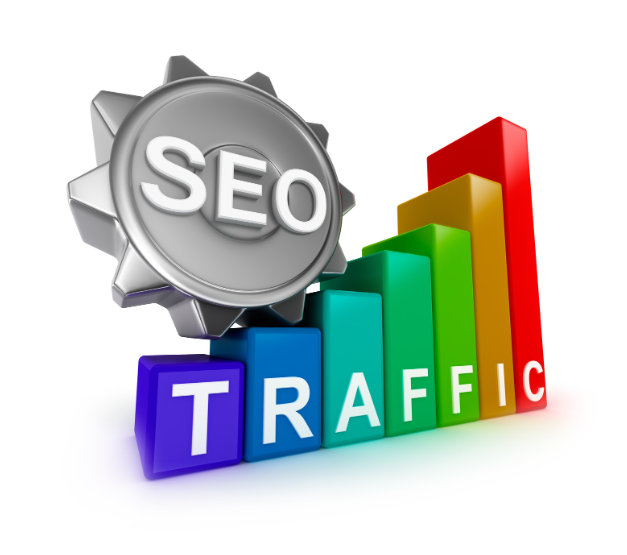In the realm of WordPress, the Gutenberg Editor stands out as a revolutionary tool designed to streamline content creation and enhance user experience. As the default editor since WordPress 5.0, Gutenberg has transformed the way users design and publish content, offering a block-based approach that simplifies layout customization and enhances creativity.
What is the Gutenberg Editor?
The Gutenberg Editor represents a significant departure from the classic WordPress editor by introducing a block-based system. Each element of content, whether it’s a paragraph, image, or multimedia embed, is encapsulated within its own block. This modular approach allows for more intuitive content management and flexible layout design directly within the editing interface.
Understanding Blocks in Gutenberg
Blocks are the fundamental units of content in the Gutenberg Editor. They are modular components that enable users to add and arrange content elements seamlessly. Gutenberg offers a diverse range of blocks, including common blocks like paragraphs, headings, images, and galleries, as well as more specialized blocks for videos, quotes, and widgets.
Building Dynamic Layouts with Gutenberg Blocks
Creating content-rich layouts with Gutenberg is remarkably straightforward. Users can simply drag and drop blocks to arrange them in the desired order. For instance, a blog post might start with a text block for an introduction, followed by an image gallery block to showcase visual content, and concluded with a call-to-action button block to encourage user interaction.
Exploring Advanced Block Options
Gutenberg blocks come with a myriad of customization options to suit diverse design preferences. Users can adjust block settings such as font styles, colors, and alignments directly from the editor. Additionally, block variations allow for quick styling changes, while reusable blocks enable content creators to save and reuse complex layouts across different posts or pages.
Best Practices for Optimizing Content with Gutenberg
From an SEO perspective, Gutenberg enhances content optimization by providing structured data support and clean HTML output. By organizing content into blocks with descriptive headings and alt text for images, users can improve accessibility and search engine visibility. Properly formatted content also enhances readability, leading to better user engagement and reduced bounce rates.
Integrating Plugins with Gutenberg
One of Gutenberg’s strengths lies in its compatibility with a wide range of plugins that extend its functionality. Popular plugins like Yoast SEO, WPForms, and WooCommerce seamlessly integrate with Gutenberg blocks, allowing users to enhance their websites with advanced features such as SEO optimization, contact forms, and e-commerce capabilities.
Future Trends and Updates in Gutenberg
Looking ahead, Gutenberg continues to evolve with new features and enhancements. Future updates promise improvements in performance, accessibility, and user interface enhancements. Features such as full-site editing and block patterns will further expand Gutenberg’s capabilities, making it an even more powerful tool for content creators and developers alike.
Takeaway
The Gutenberg Editor represents a paradigm shift in WordPress content creation, offering a user-friendly interface and powerful customization options through its block-based approach. By embracing Gutenberg, users can build content-rich layouts efficiently, optimize for SEO, and stay ahead of digital trends in web design and development.
When it comes to WordPress development, look no further than Web Boost Online. Their expertise and commitment to excellence make them the go-to choice for unleashing the full potential of your website.











